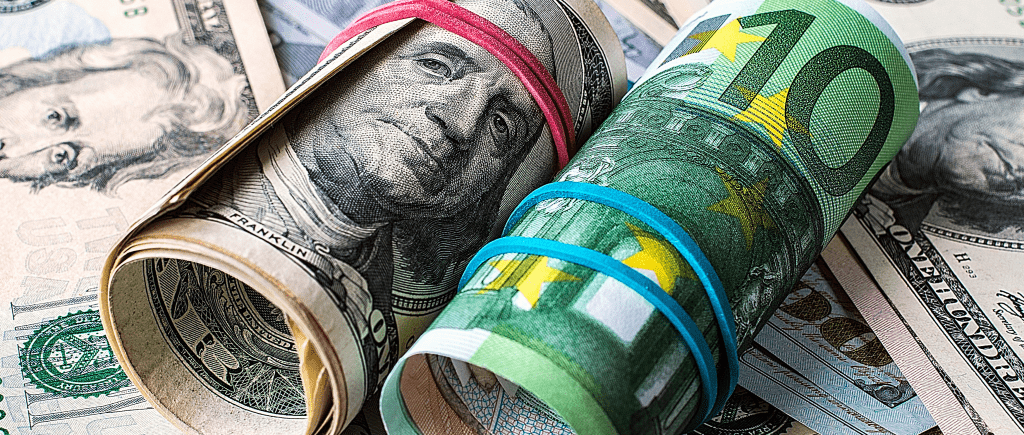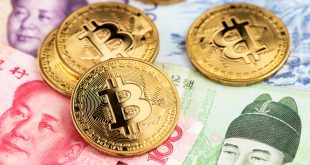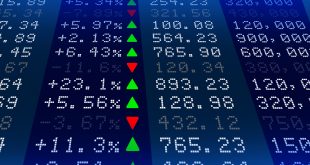The United States awaits January’s Consumer Price Index next Tuesday. Eurozone’s GDP could be crucial for the Euro. The EUR/USD pair fell for a second consecutive week, further retreating from the 1.1000 region to settle around the 1.0700 figure. At the time of writing, the pair is trading at 1.0676; down −0.57% versus the previous closing at 1.07372.
The US dollar gained the most ground on Monday, mounted on the interest rate-linked worries ignited post the Nonfarm Payroll data. The Fed has slowed the pace of tightening and delivered a 25 basis point rate hike, but refrained from anticipating a pause in hikes while down-talking the chances for a rate cut which investors and traders have been betting on since late 2022.
The Fed vowed to tame inflation at the expense of economic growth. Fears of a recession dominated financial markets through 2022. The latest outstanding job report indicated that the labour market remains tight regardless of the Fed’s aggressive monetary policy.
Fed officials think rate cuts would not be necessary this year, although market players believe otherwise. The latest meeting minutes clearly stated that additional interest rate hikes in the coming months would be “appropriate,” with Chair Jerome Powell & co repeating it ad-exhaustion.
Across the pond, mixed European data and the absence of fresh monetary policy clues made the Euro an unattractive asset. The Eurozone economic setback continues and would keep the ECB on the tightening path for longer than anticipated. Following the latest ECB meeting, President Christine Lagarde said that March would bring another 50 bps rate hike, while it would be a meeting-by-meeting data-dependent decision afterwards.
EU policymakers have spent the last few days cooling expectations for a steep recession, in line with Mme Lagarde’s words of a possible “shallow and sort-lived” economic setback. However, most macroeconomic figures released these days point in the opposite direction.
In the EU Retail Sales fell by 2.8% in January, while German Factory Orders plunged by 10.1% YoY in December. Additionally, the country’s Industrial Production in the same month declined at an annualised pace of 3.9%. On a positive note, the German Harmonized Index of Consumer Prices (HICP) unexpectedly rose by 9.2% YoY in January, below the 10% expected and easing from the previous 9.6%. Easing inflationary pressures are welcomed news but mean the ECB has room to decelerate the pace of tightening.
As central banks hint they would move against speculative interest beliefs, uncertainty increases, leading to risk-averse markets.
Fresh clues on economic developments will be available next week. On Tuesday, the Eurozone will release the preliminary estimate of the 2022 Q4 Gross Domestic Product. The economy grew at an annualized pace of 1.9% in the third quarter and a modest 0.1% in the three months to September. Later on the same day, the United States will publish the January’s CPI, expected up by 5.8% YoY. The core reading, excluding volatile food and energy prices, is expected at 5.3%. Such figures will confirm inflation keeps receding and revive speculation of a Fed’s tightening at a lower pace.
On Wednesday, the US expects January Retail Sales, expected advancing 0.1% after a 1.1% drop in the previous month. Other than that, market participants will be keeping an eye on policymakers’ speeches, although no surprise stances are expected.
It is worth noting that the euro has recouped much of the losses it suffered against the US dollar in the aftermath of Russia’s invasion of Ukraine and the energy crisis that it unleashed. One euro is now worth around $1.07, up about 13% from September last year when it sank to around $0.95, a 20-year-low.
The resurgence of the common currency used by 20 countries in Europe has been spurred by a drop in energy prices, easing recession fears in the eurozone and the European Central Bank (ECB), which continues to aggressively hike interest rates.

 Noor Trends News, Technical Analysis, Educational Tools and Recommendations
Noor Trends News, Technical Analysis, Educational Tools and Recommendations




